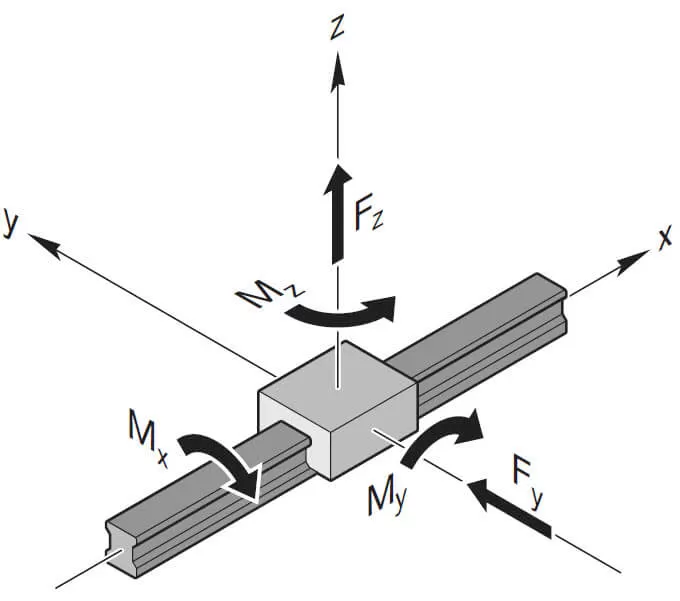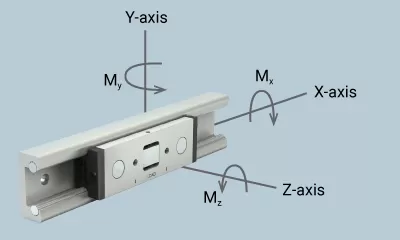1. **Defining Basic Load Ratings:**
Load capacity ratings represent the maximum amount of load that a linear guide, ball screw, or cross roller guide can safely handle while maintaining performance and precision. This crucial metric is determined through rigorous testing and analysis to ensure reliability in real-world applications. Understanding load capacity is vital for preventing premature wear, system failures, and compromised accuracy.

2. **Dynamic vs. Static Load Ratings:**
Two important terms to grasp are dynamic and static load ratings. Dynamic load rating indicates the maximum load a component can handle during continuous motion. On the other hand, static load rating represents the maximum load a component can handle while stationary. These ratings provide valuable insights into the component's performance under different conditions and assist in selecting the right solution for your application.

3. **Factors Affecting Load Capacity:**
Load capacity ratings are influenced by factors such as speed, acceleration, duty cycle, and operating environment. Higher speeds and accelerations might require components with higher load ratings to counteract the increased forces generated. Similarly, factors like vibrations, shock loads, and harsh environments can impact the overall load-bearing capabilities of the components.
4. **Selecting the Right Components:**
When selecting linear guides, ball screws, or cross roller guides, it's imperative to match the Basic Load Ratings with your application's requirements. Choosing components with lower load capacities than required can lead to premature wear and system failure. PINSI offers a comprehensive range of products with varying load capacities to cater to diverse industrial needs.
5. **Safety Margins and Efficiency:**
While it might be tempting to push components to their maximum load limits, it's recommended to incorporate safety margins. Operating within a safe range ensures longer component life, improved accuracy, and reduced risk of unexpected failures. By considering factors like load variations and potential overloads, you can strike a balance between efficiency and safety.
Conclusion:
Understanding Basic Load Ratings is an essential aspect of designing and selecting linear motion components. By comprehending the dynamic and static load ratings, accounting for influencing factors, and selecting components that align with your application's requirements, you can ensure the efficiency, reliability, and longevity of your linear guides, ball screws, and cross roller guides. PINSI's commitment to quality ensures that our products are rigorously tested and rated, empowering you to make informed decisions that optimize your motion systems' performance.


 +8615622924499
+8615622924499
 +8615622924499
+8615622924499

